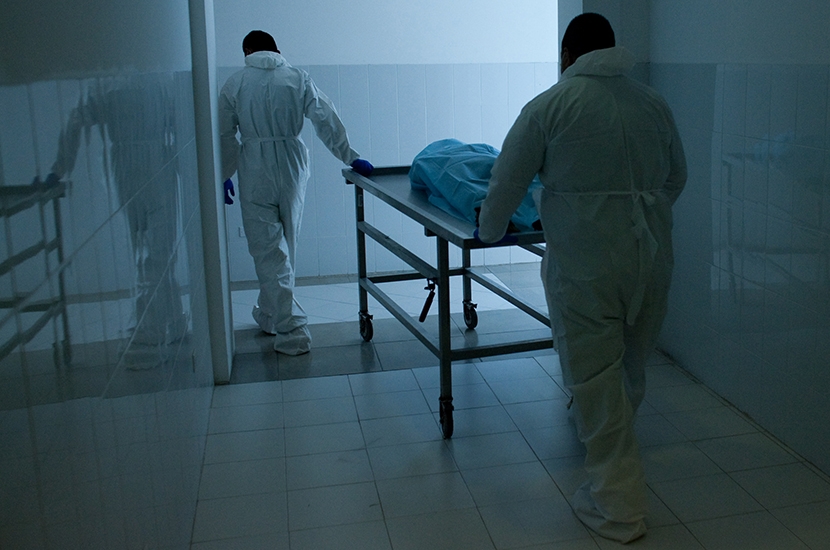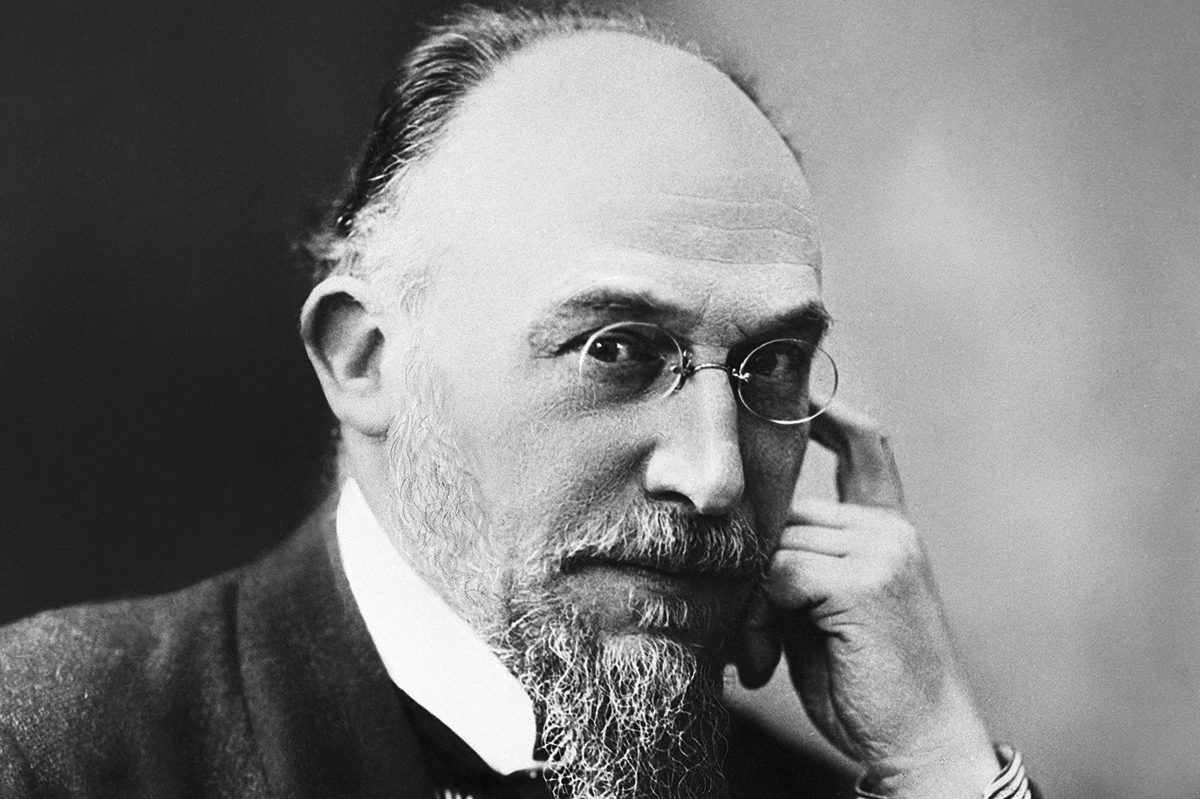John Troyer, the director of the Centre for Death and Society at the University of Bath, has moves. You can find his interpretative dances punctuating a number of his lectures, which go by such arresting titles as ‘150 Years of the Human Corpse in American History in Under 15 Minutes with Jaunty Background Music’ and ‘Abusing the Corpse Even More: Understanding Necrophilia Laws in the USA — Now with more Necro! And more Philia!’ (Wisconsin and Ohio are, according to Troyer’s eccentric looking and always fascinating website, ‘two states that just keep giving and giving when it comes to American necrophilia cases’.)
Troyer’s budding stand-up career has taken a couple of recent knocks. First was the ever more pressing need for him to crack on with his PhD (his dilatoriness was becoming a family joke). Technologies of the Human Corpse is yanked, not without injury, from that career-establishing academic work. Even as he assembled the present volume, however, there came another, far more personal, blow.
Late in July 2017 Troyer’s younger sister Julie was diagnosed with an aggressive brain cancer. Her condition deteriorated far more quickly than anyone expected, and on July 29, 2018 she died. This left Troyer — the engaging young American death scholar sprung from a family of funeral directors — having to square his erudite and cerebral thoughts on death and dead bodies with the fact he’d just kissed his sister goodbye. He interleaves poetical journal entries composed during Julie’s dying and her death, her funeral and her commemoration, between chapters written by a younger, jollier and of course shallower self.
To be brutal, the poems aren’t up to much, and on their own they wouldn’t add a great deal by way of nuance or tragedy. Happily for us, however, and to Troyer’s credit, he has transformed them into a deeply moving 30-page memoir that now serves as the book’s preface. This, then, is Troyer’s monster: a powerful essay about dying and bereavement; a set of poems written off the cuff and under great stress; and seven rather disconnected chapters about what’s befallen the human corpse in the past century or so.
Even as the book was going to print, Troyer explains in a hurried postscript, his father, a retired undertaker, lost consciousness following a cardiac arrest and was very obviously dying:
‘And seeing my father suddenly fall into a comatose state so soon after watching my sister die is impossible to fully describe: I understand what is happening, yet I do not want to understand what is happening.’
This deceptively simple statement from Troyer the writer is streets ahead of anything Troyer the postgrad can pull off.
But to the meat of the book. The American civil war saw several thousand corpses embalmed and transported on new-fangled railway routes across the continent. The ability to preserve bodies, and even lend them a lifelike appearance months after death, created a new industry that, in various configurations and under several names, now goes by the daunting neologism of ‘deathcare provision’. In the future, this industry will be seen ‘transforming the mostly funeralisation side of the business into a much broader, human body parts and tissue distribution system’, as technical advances make increasing use of cadavers and processed cadaver parts.
So how much is a dead body worth? Between $30,000 and $50,000, says Troyer — five times as much for donors processed into medical implants, dermal implants and demineralised bone matrices. Funds and materials are exchanged through a network of body brokers who serve as middlemen between biomedical corporations such as Johnson & Johnson and the usual sources of human cadavers — medical schools, funeral homes and mortuaries. It is by no stretch an illegal trade, nor is it morally problematic in most instances; but it is rife with scandal. As one involved party remarks: ‘If you’re cremated, no one is ever going to know if you’re missing your shoulders or knees or your head.’
Troyer is out to show how various industries serve to turn our dead bodies into ‘an unfettered source of capital’. The ‘fluid men’ of Civil War America — who toured the battlefields showing keen students how to embalm a corpse (and almost always badly) — had no idea what a strange story they had started. Today, as the anatomist Gunther von Hagens poses human cadavers in sexual positions to pique and titillate worldwide audiences, we begin to get a measure of how far we have come. Hagens’s posthumous pornography reveals, says Troyer, ‘the ultimate taxonomic power over nature: we humans, or at least our bodies, can live forever because we pull ourselves from nature’.
Technologies of the Human Corpse is a bit of a mess, but I have a lot of time for Troyer. His insights are sound, and his recent travails may yet (and at high human cost — but it was ever thus) make him a writer of some force.
This article was originally published in The Spectator’s UK magazine. Subscribe to the US edition here.

























